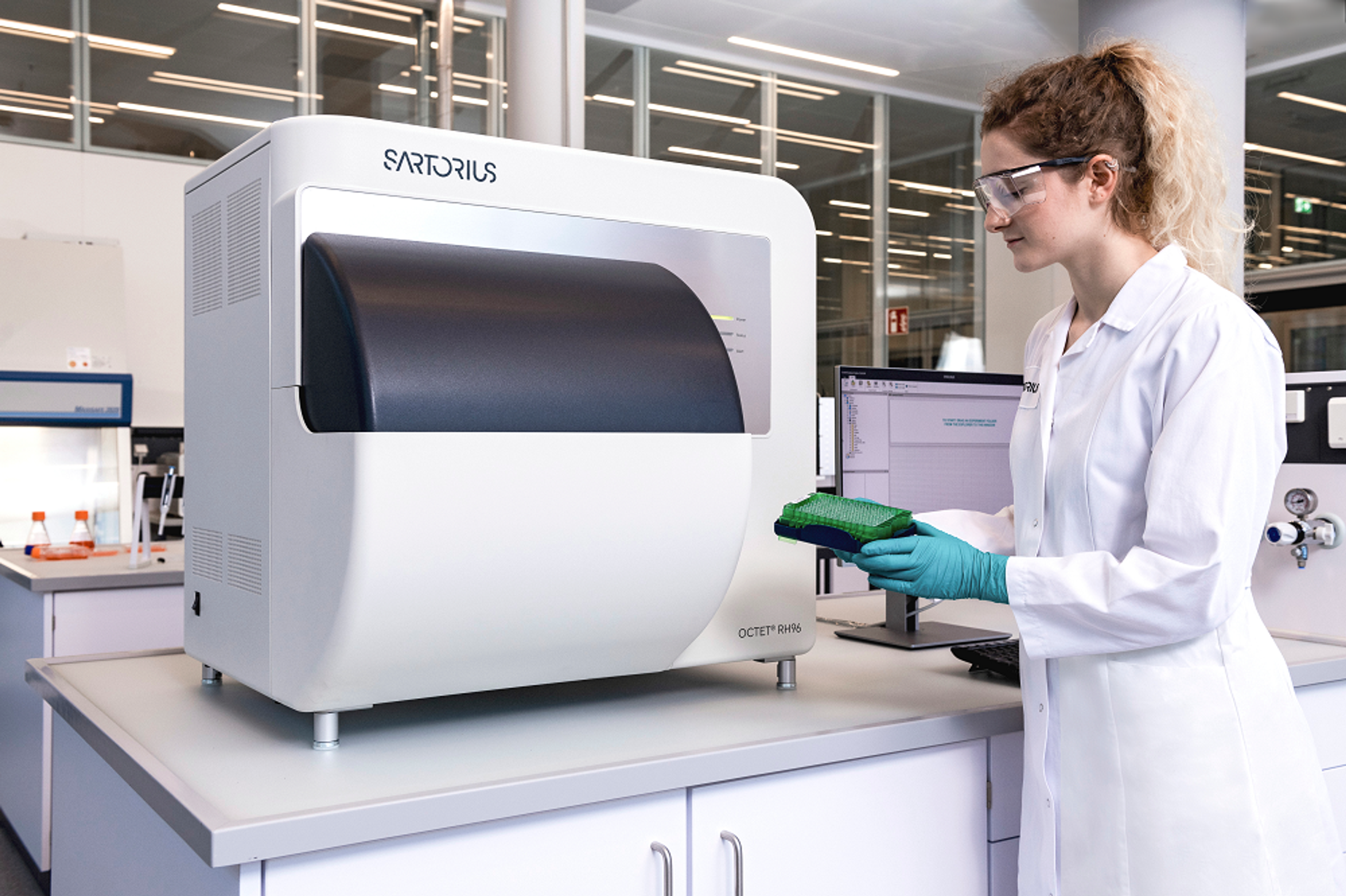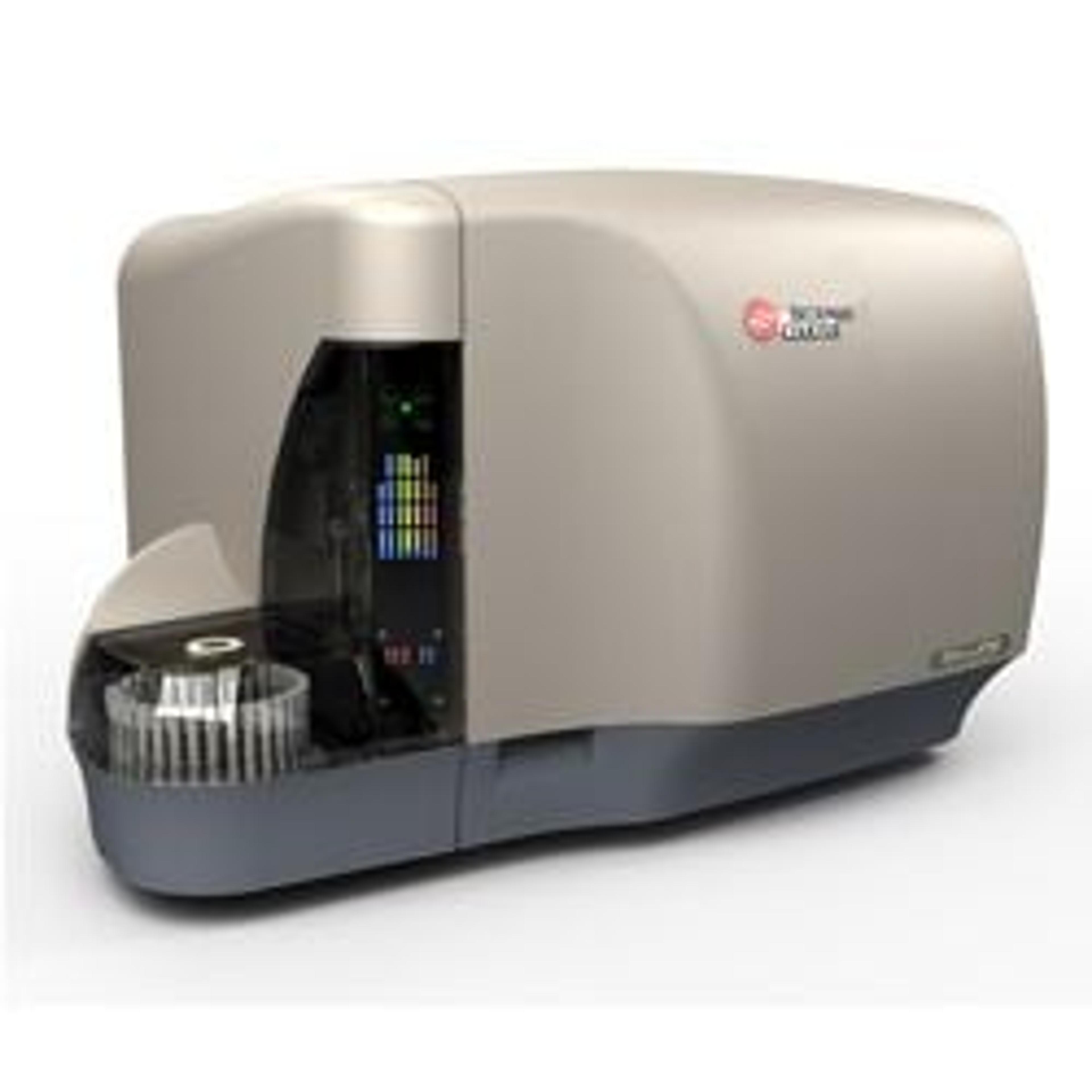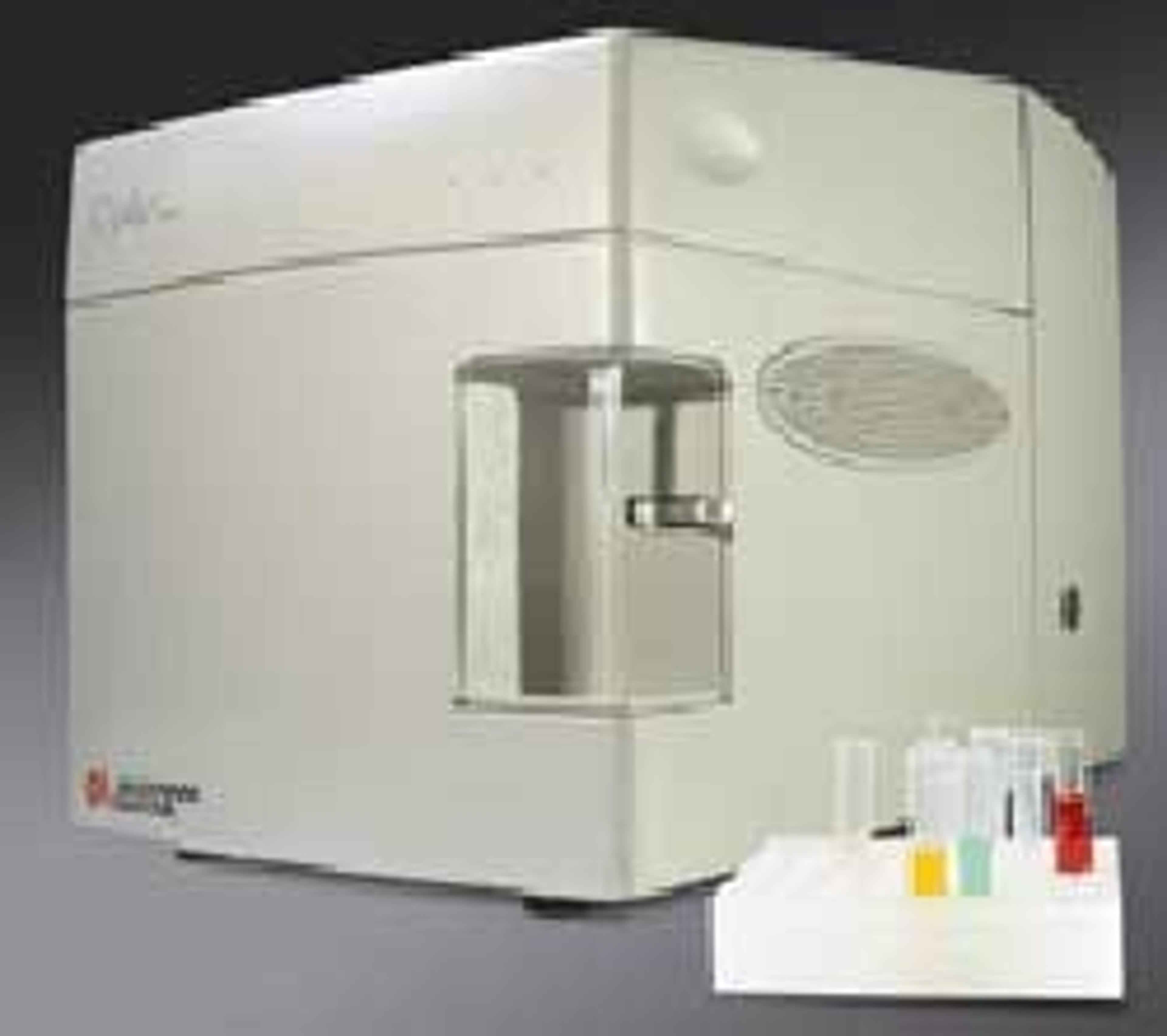How to set up an Effective High Throughput Antibody Discovery Lab
12 Nov 2014
Written by Alejandro Uribe-Benninghoff
In the past 15 years, changes in the cost and reliability of technology have caused an explosion of tools and applications that have increased the capability and capacity of any researcher, lab or company to speed up discovery. Automation and High Throughput Screening (HTS) are two examples of these advances that have become a normal presence in the majority of labs around the world. Combine these capabilities with the power of flow cytometry and your options are limitless.
For this example, and as a follow on from the previous article 5 Top Tips for the Perfect High-Throughput Screening Lab, let us assume you have already established your monoclonal antibody (mAb) discovery lab, but you want to add a higher level of technology that expands your capabilities into even higher speed, higher quality antibodies, and the ability to study the antibodies’ interaction with cells.
Antibody characterization
A great addition to the lab would be GE’s Biacore™ X100 or ForteBio’s Octet® HTX System. Both machines allow the analysis of kinetics, affinity, specificity and concentration analysis, and are fully automated and incredibly fast systems.
If you want to add a ‘turbo’ to your flow cytometer, consider adding Intellicyt’s HyperCyt Autosampler to give you the capability to analyze a 96-well plate for downstream processes. The autosampler has been successfully attached to the majority of widely used flow cytometers in the market today: BD’s Canto™ II, LSRFortessa™ and Accuri C6, as well as Beckman Coulter’s CyAn and Gallios, and the benefits in sample speed acquisition are unparalleled. Also worth looking at is IntelliCyt’s iQue® Screener for 1536-well microplates for phenotypic screening, antibody discovery and in vitro toxicity testing.
HTS beyond flow cytometry
For some labs, screening mAbs for use in flow cytometry is just the first step. Many labs are looking to screen mAbs for applications such as Western blot, IHC and imaging. Other labs are more interested in the potential interactions of the mAbs with cells, leading to clinical or diagnostic applications. HTS advances in these areas, and the hybridization of technologies with flow cytometry, have allowed amazing machines to come to the forefront. Each one of the instruments below is quite an investment, so it is crucial to research each of their capabilities and see if they will match what your lab needs.
Imaging technology has been expanding during the last decade and its impacts in areas such as stem cell research are undeniable. The combination of HTS imagers such as GE’s Cytell Cell Imaging System provide image acquisition, data analysis, and report generation of microplates in only 15 minutes. At the same time, the machine supports slides, Petri dishes and flasks. An equally as potent option is Molecular Devices’ ImageXpress Micro XLS, capable of analyzing from slides to plates (6- to 1536-well), thin to thick plate bottoms, glass to plastic, transwell, low profile- and low volume-plates.
Atomic Mass Spectrometry
In recent years, technology such as Fluidigm/DVS Cytof® 2, a state-of-the-art time-of-flight atomic mass cytometer that analyzes cells labeled with stable heavy metal isotopes, allows researchers to perform comprehensive and in-depth profiling of cells (immunophenotype, signaling state, cytokine/chemokine expression to name a few). This technology has been adopted by immunologists, oncologists, stem cell biologists and drug profiling experts. It has the potential to analyze 100 different parameters with a proven multiplex ability of 40 different markers at once.
Chipcytometry
Another astounding development in technology is ZellKraftWerk’s Chipcytometer ZellScanner One. Chipcytometry is the combination of the quantitative phenotyping ability found in flow cytometry with the detailed imagery and functionality of microscopy. One of ZellKraftWerk’s major impacts is the ability to maintain cell and biomarker integrity reportedly over a period of 12 months. That fact and the demonstrated ability to have analyzed 55 biomarkers simultaneously, directly on and inside single cells, opens yet another door to the advancement of science and medicine.
Combine just some of these exciting high throughput technologies and your antibody discovery, characterization and further therapeutic development will be flying high throughput!



